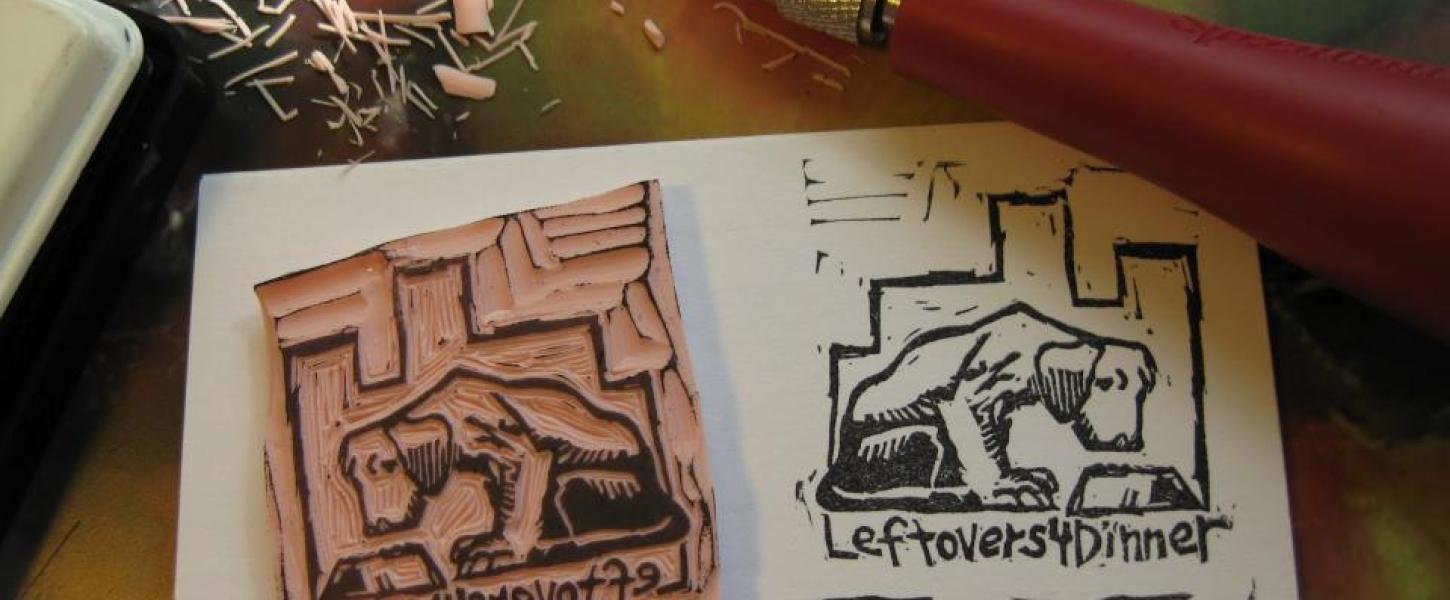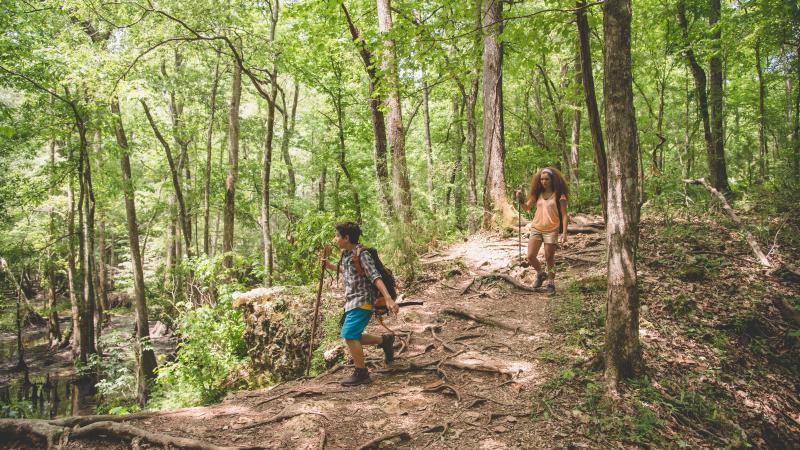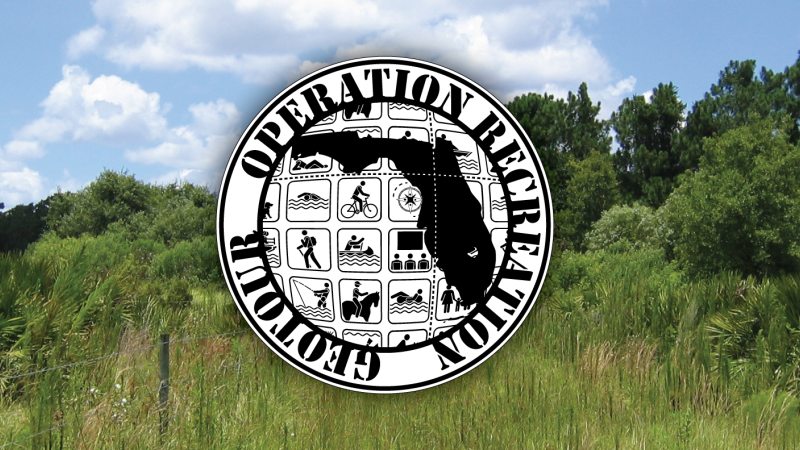Letterboxing

Letterboxing in Florida State Parks
Letterboxing combines navigational skills and rubber stamp artistry in a treasure-hunt style game. Letterboxers hide small, weatherproof boxes in publicly accessible places and post clues on one of several websites to help others find them.
How to Find a Letterbox
- Find clues for letterboxes at www.letterboxing.org . Navigate to the geographic area where you would like to explore.
- Look through possible clues until you locate one or more that interest you.
- Gather your supplies: rubber stamp, pencil or pen, small sketch book, one or more ink pads or brush markers, a simple compass and clues.
- Print the clues or go paperless if you can.
- Search for the letterbox. When you find it, the box will contain a log book and a rubber stamp. There might be an ink pad. Imprint the letterbox's stamp in your log book and leave an imprint of your personal stamp in the letterbox's logbook.
- Share your experience on the website where you found the clue.
How to hide a Letterbox
One of the challenges of this sport is hiding a letterbox in your favorite locations and encouraging other letterboxers to find it.
- Find a place to hide your letterbox. Select a spot with a great view or an unusual location. Avoid archaeological or historical sites. Those areas are sensitive.
- If you are planning to hide a letterbox in a Florida State Park, contact the park manager and ask permission for the location you are considering. Describe the location, how you intend to hide it (digging is not allowed) and provide a description of the container. The park manager will consider the site attributes and give verbal permission for you to hide the letterbox in the location. Archaeological, ecological and historical areas are typically off limits. Also consider frequent flooding, fire frequency, animal habitat, etc. before requesting permission.
- Prepare your letterbox. The container should be waterproof. Include a logbook, special stamp and an ink pad (optional). Some people include a note to welcome the finder - it's helpful if someone finds it accidentally.
- After you have verbal permission from the state park manager, you can place your letterbox. Write the clue that you will post on the website to help others find it.
- Register your letterbox on www.letterboxing.org or www.AtlasQuest.com.
- Maintain the letterbox. You'll need to check on it regularly to ensure it remains as your intended.
Vocabulary
- Bonus box - A letterbox with a clue that is not published, but rather hidden inside another letterbox. These are sometimes called tagalongs.
- Cuckoo clue - A clue to a letterbox that travels from letterbox to letterbox, usually within a small area near the original location of the letterbox.
- Exchange - Letterboxers swapping images of their signature stamps after meeting on the trail or at an event (gathering).
- Hitchhiker - A letterbox without a home. A hitchhiker is hidden with another letterbox, and the person that finds it is expected to take the hitchhiker to another letterbox.
- Microbox - An extremely small letterbox, such as a film canister, usually hidden in urban locations where larger boxes are too difficult to hide well.
- Mystery Letterbox - A letterbox that does not provide a specific geographic location in its clues. The seeker must first conduct research or solve a puzzle to determine the location of the letterbox.
- Signature Stamp - The stamp letterboxers use to identify themselves, both in the logbooks of letterboxes they've found and for exchanges. Also called personal stamps.
Useful Websites
- Letterboxing - www.letterboxing.org
- Atlas Quest - www.atlasquest.com
- Letterboxing Info - www.letterboxing.info


